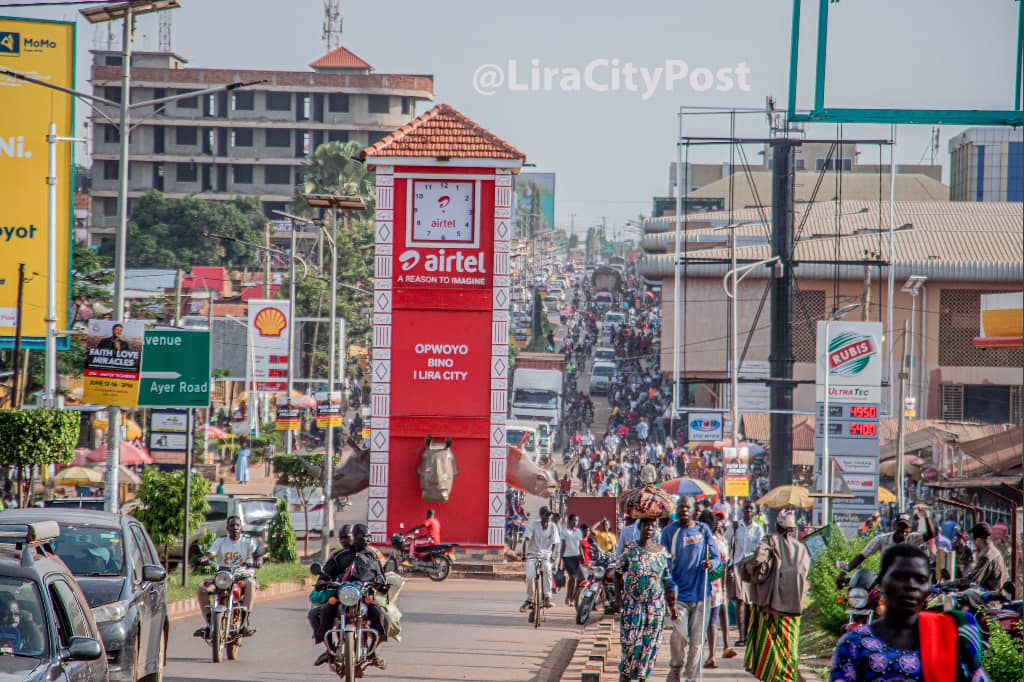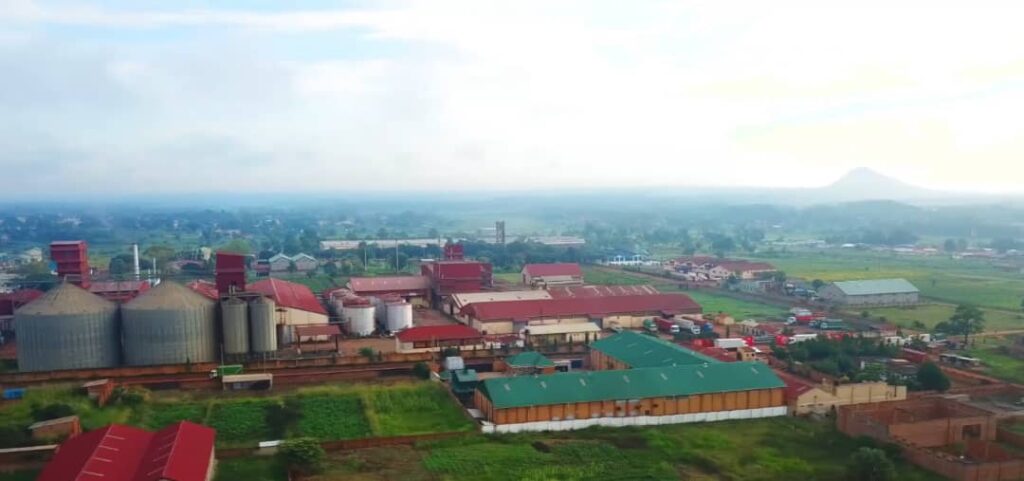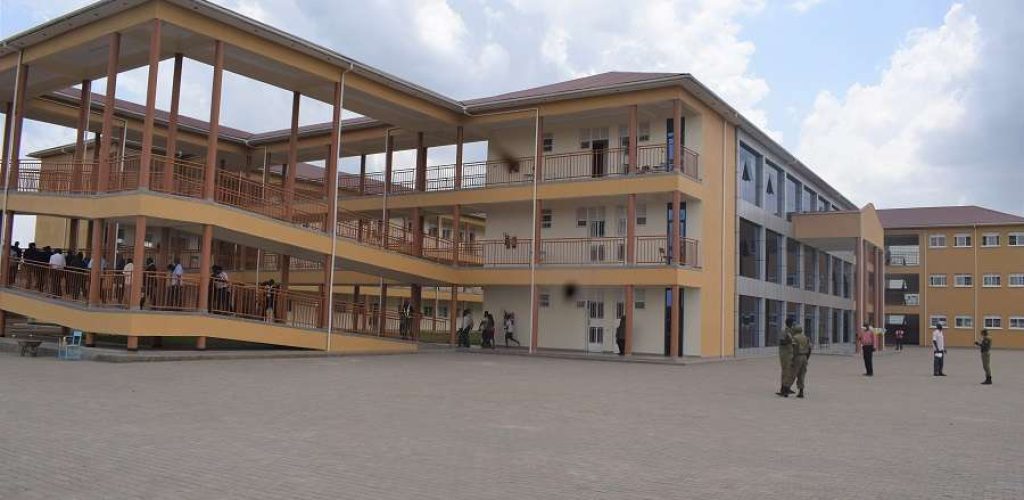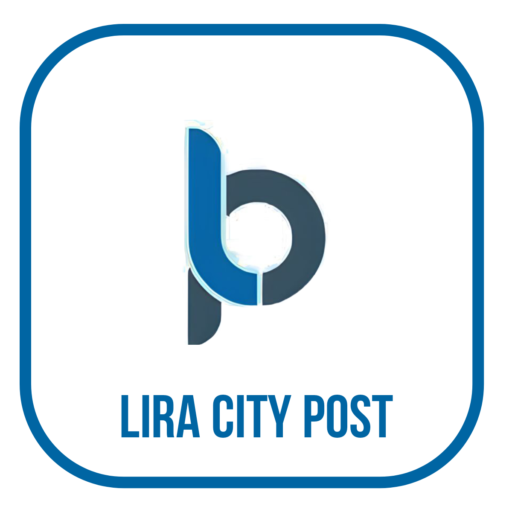7 Interesting Facts About Lira City: A Growing Economic Hub in Northern Uganda
Lira City, located in Northern Uganda, has grown to become one of the region’s most important urban centers. Historically, it was a modest town, but recent developments have transformed it into a vibrant city with immense economic, cultural, and political significance. Here are 7 fascinating facts about Lira City that showcase its rich history, growing economy, and cultural diversity.
1. Lira’s Evolution from Town to City Status
Lira was officially elevated to city status on July 1, 2020, as part of Uganda’s initiative to decentralize governance and spur regional development. This move was aimed at enhancing infrastructure, economic opportunities, and services in urban areas beyond Kampala. Lira City is now recognized as a key regional city in northern Uganda, bringing in investment and encouraging urban growth.
The city started as a trading center in the early 20th century, around 1919. Upon Uganda’s independence in 1962, it became a Town Council, and in 1985, it became a municipality. In 2020, it was elevated to a city, making it one of the 12 cities in Uganda.
Lira City derives it’s name from the Liira Clan of Lango Chiefdom. The Liira Clan were the natives of the area now known as Lira City when the British first established their colonial outpost there in the early 20th century.
2. A Strategic Economic Hub
Lira City has become a crucial economic hub for Northern Uganda. It serves as a trade center for grain produce such as millet, maize, beans, sunflower, etc., with the official trading area, Produce Lane, located in the center of the city. Produce traders come from all over Uganda and neighboring countries such as Kenya, South Sudan, and the DRC. There are also many large wholesale shops dealing in Fast-Moving Consumer Goods, where traders from other districts in Northern Uganda, such as Pader and Kitgum, Agago, Karamoja, West Nile come to buy goods for retail. The city also hosts numerous factories involved in food processing, textiles, and construction materials, contributing significantly to the regional economy.

3. An Industrial hub
Lira City is an industrial hub in northern Uganda. It is home to numerous factories involved in agroprocessing, textiles, food and beverage and construction materials. Some of the most notable factories include Mount Meru Millers, Mukwano Industries, Beb Wine, Totco, Ntake Bakery, Tip Top and many others. These factories contribute significantly to the regional economy.

4. A Fast-Growing Population
Lira’s population has grown significantly over the past two decades. According to 2024 census, Lira City has a population of 246,437 residents. This population boom is largely driven by rural-urban migration, as people move to Lira seeking better economic opportunities, healthcare, and education. The population growth has spurred demand for housing, services, and infrastructure, pushing the city to expand rapidly.
5. Educational and Health Facilities
Lira boasts several prominent educational institutions, including Lira University, a government-run university offering a range of undergraduate and postgraduate programs. Other Universities include All Saints University, Law Development Center – Lira Campus, Ebenezer University, Uganda Martyrs University – Lira Campus, Jerusalem Institute of Health Sciences, and Uganda Christian Institute among many others. The city is also home to some of the top primary and secondary schools in Northern Uganda like St. Gracious Senior Secondary School.
In terms of healthcare, Lira City hosts Lira Regional Referral Hospital, one of the largest hospitals in northern Uganda. It provides specialized medical services and is a critical healthcare provider for residents in Lira and surrounding districts.

6. Rising Infrastructure Development
Since attaining city status, Lira has experienced rapid infrastructure development. Road networks are being expanded and upgraded to accommodate the growing population and increased trade activities. The ongoing construction of new buildings, hotels, and shopping centers signals Lira’s potential as an emerging commercial hub. Additionally, the city’s leadership has focused on improving access to clean water, electricity, and waste management services.

7. Future Prospects: A City on the Rise
Lira’s future looks bright as it continues to grow in importance within Uganda’s economic and political landscape. The city’s strategic location, at the crossroads between northern, eastern, and central Uganda, positions it as a focal point for trade and commerce. With continued investment in infrastructure, education, and healthcare, Lira is poised to become a key player in Uganda’s urbanization and development efforts.

















